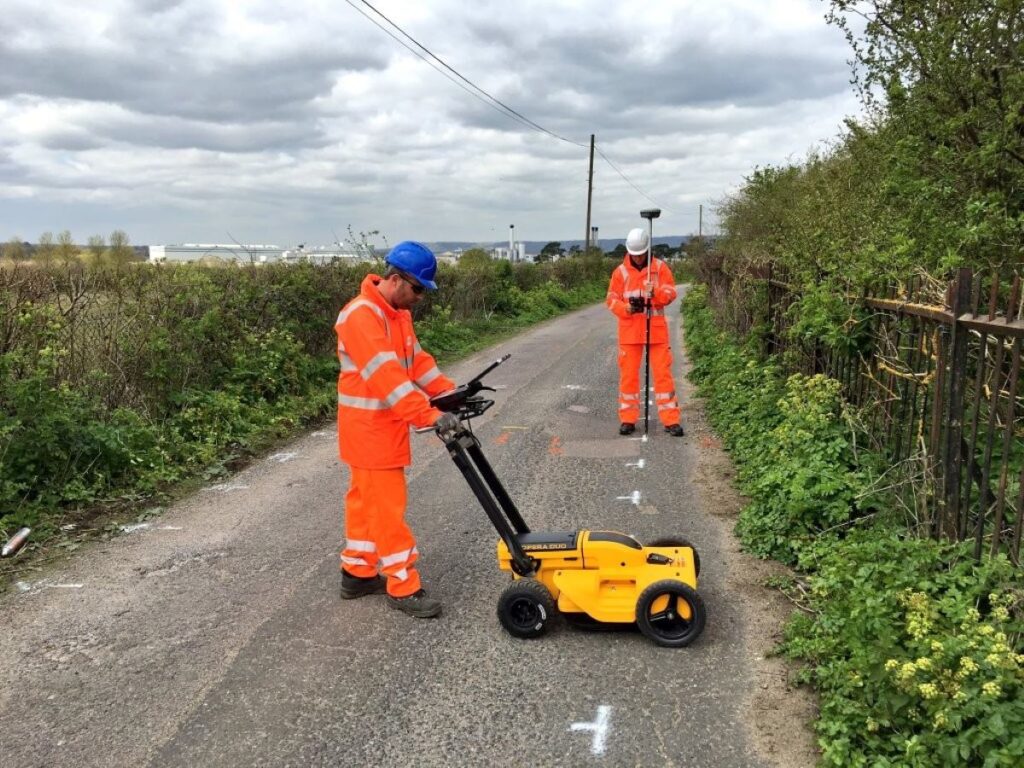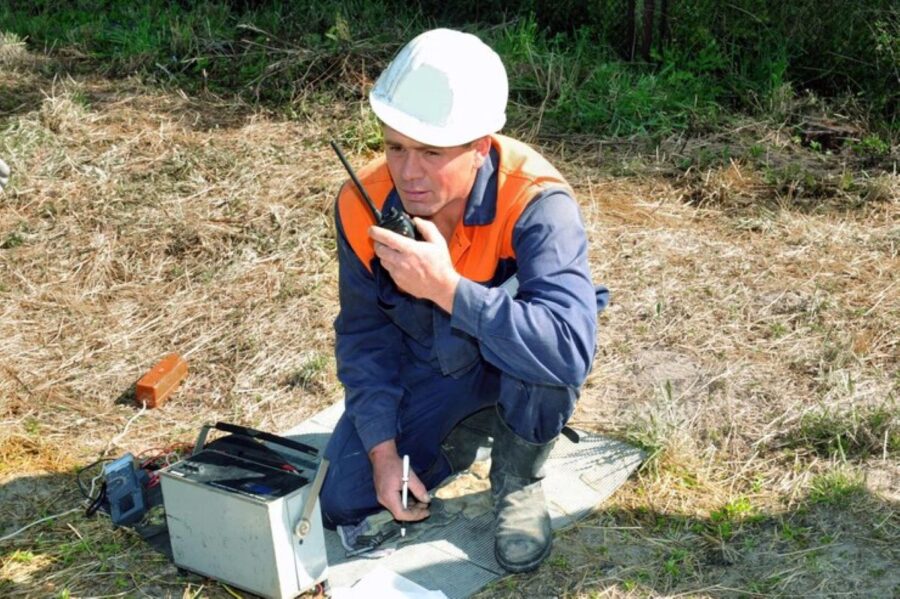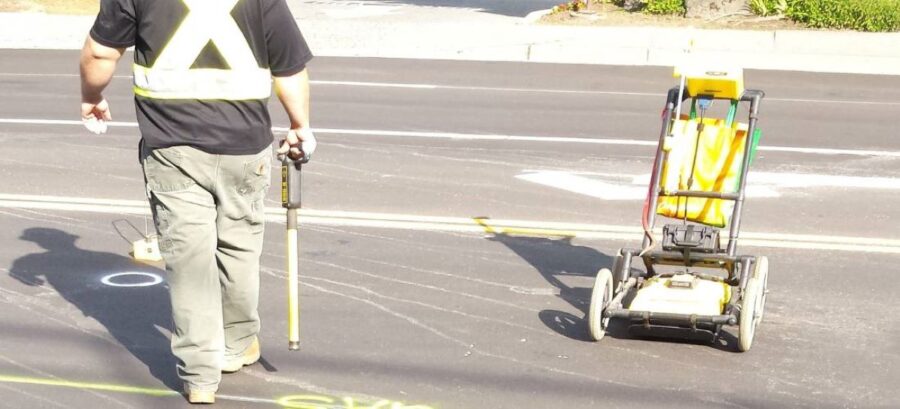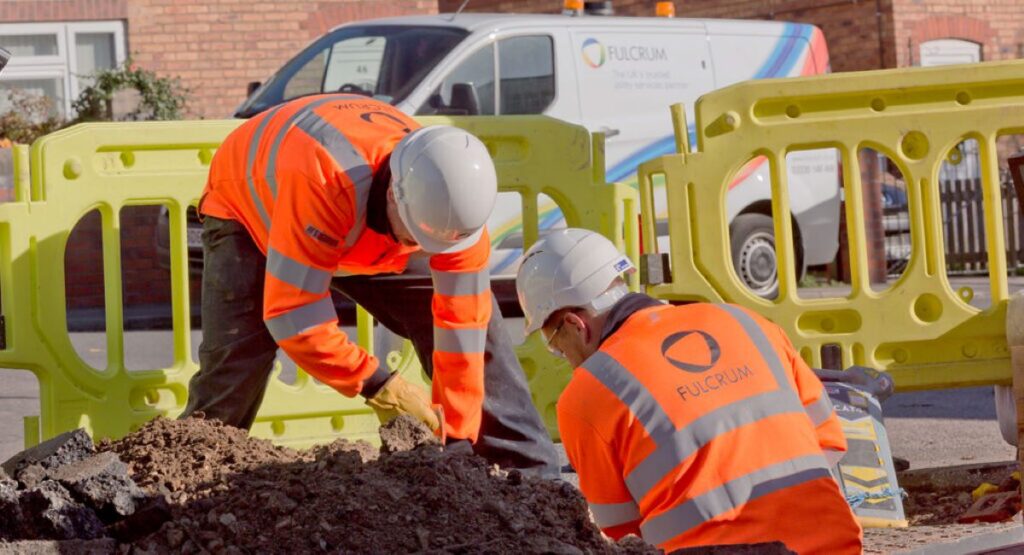The construction industry is inherently hazardous, with workers exposed to various risks from heavy machinery, heights, power tools, and environmental factors. In recent years, however, the integration of advanced utility solutions has significantly transformed construction site operations. These solutions, ranging from innovative technologies to modernized infrastructure, are playing a pivotal role in improving both safety and efficiency.
1. Smart Utility Monitoring Systems
One of the key innovations in improving construction safety is the use of smart utility monitoring systems. These systems allow construction managers to track and monitor energy usage, water supply, gas lines, and other utilities in real-time. Through sensors and IoT (Internet of Things) technology, these systems provide instant alerts about any abnormalities, leaks, or issues within the utility systems.
For instance, if there is an electrical fault or gas leak, workers can be immediately notified to take action before an accident occurs. This level of monitoring reduces the risk of hazardous incidents that could lead to worker injuries or environmental damage. Additionally, by ensuring that utilities are functioning properly, these systems minimize downtime, contributing to more efficient operations on-site.
2. Automated Site Surveying and Mapping
Gone are the days of manually measuring and mapping out construction sites, which was both time-consuming and prone to errors. Today, utility solutions like drones and automated mapping tools are becoming indispensable for surveyors and construction teams. These technologies help create highly accurate 3D maps and layouts, assisting in precise utility planning and reducing the chances of accidents caused by improper placement of cables, pipes, or electrical lines.
By using drones for aerial site surveys, construction managers can identify potential hazards, such as unmarked utilities, uneven terrain, or obstacles that could impede work. This proactive approach enables the team to take preventive measures, leading to a safer work environment.
3. Utility Detection and Prevention Tools
One of the most dangerous scenarios on construction sites is accidentally striking underground utilities such as water lines, electrical cables, or gas pipes. Fortunately, advancements in utility detection technology have significantly reduced these risks. Tools like ground-penetrating radar (GPR) and electromagnetic sensors can now detect and map underground utilities before any excavation work begins. This technology provides a detailed view of what lies beneath the surface, helping construction teams avoid costly accidents and ensuring worker safety.
By incorporating these tools into planning, construction companies can avoid dangerous surprises, reduce delays caused by utility damage, and keep projects on track.
4. Utility Coordination and Management Software
Construction projects often involve multiple teams, subcontractors, and utility companies working together. The complexity of managing and coordinating utility installations and upgrades can lead to delays and miscommunication, increasing the likelihood of errors. Utility coordination and management software streamline this process by providing a centralized platform for all stakeholders to access and share information.
These software solutions improve communication, track the progress of utility installations, and allow for real-time updates. By preventing miscommunication and keeping all teams aligned, the chances of accidents or project delays are significantly reduced, ensuring that the project runs smoothly and efficiently.
5. Energy-Efficient Construction Solutions
Sustainability is a growing focus within the construction industry, and energy-efficient utility solutions are helping improve both the safety and efficiency of construction sites. For example, smart lighting systems that automatically adjust based on the presence of workers can save energy and reduce the risk of lighting-related accidents in poorly lit areas.
Similarly, energy-efficient power solutions, such as portable solar panels and battery-powered equipment, can reduce reliance on hazardous fuel-powered generators. This not only makes the construction site more environmentally friendly but also lessens the potential for fires, spills, or other safety hazards associated with traditional energy sources.

6. Worker Safety Wearables and Monitoring
Another way utility solutions are enhancing safety is through the use of wearable devices that monitor workers’ health and safety. Devices such as smart helmets, safety vests, and wristbands equipped with sensors can track a worker’s location, body temperature, heart rate, and even the surrounding environmental conditions.
In the event of an emergency, these devices can send an alert to supervisors, allowing for a quick response. For example, if a worker collapses from heat exhaustion or experiences a sudden medical issue, the system can notify a team member to provide immediate assistance. Additionally, wearable technology can help monitor environmental factors like noise levels, toxic gas presence, or air quality, further protecting workers from hazardous conditions. Want to get more about the benefits of using an underground utility locator for your project let’s visit https://mformoneycreditunion.org/the-benefits-of-using-an-underground-utility-locator-for-your-project/
7. Real-Time Communication Tools
Effective communication is critical for maintaining safety on construction sites. Utility solutions like real-time communication platforms, walkie-talkies, and two-way radios equipped with GPS tracking have made it easier for workers and site managers to stay connected. In the event of an accident or safety concern, fast communication can make the difference between a minor issue and a major emergency.
These communication tools also help construction managers monitor workers’ locations and tasks, ensuring that no one is exposed to unsafe conditions or isolated in hazardous areas without proper support.
Conclusion
The integration of utility solutions in construction projects is helping redefine how the industry operates. By focusing on innovative technologies and smarter resource management, construction companies can improve safety standards, prevent accidents, and create more efficient work environments. The combination of real-time monitoring, advanced detection tools, better coordination, and sustainability-focused solutions leads to smoother, safer, and more productive construction operations.
As these utility solutions continue to evolve, the future of construction looks promising—where safety is a priority, efficiency is maximized, and the industry is better equipped to meet the demands of modern building projects.



